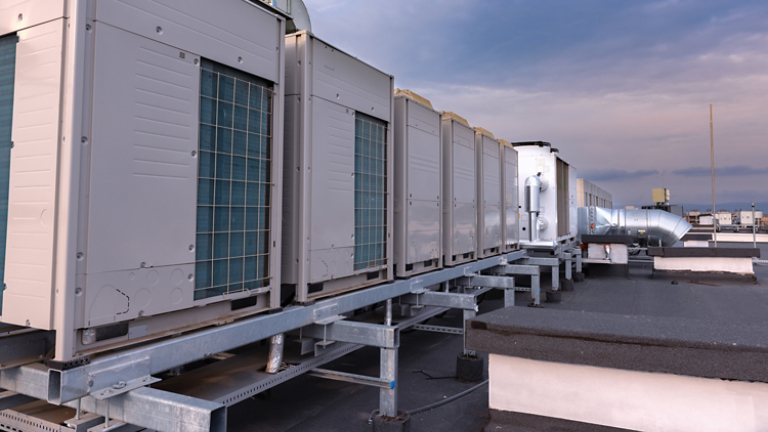Glossary
Rooftop Unit
Learn what a rooftop unit is, how it’s used in commercial HVAC, and its advantages and disadvantages.

Quick Facts
- Products
- Packaged Rooftop Solutions

Selecting a language changes the language and content on the Trane site.
Trane ComfortSite is an extranet site designed to save you time. With your secure login, you can:
This is the login for Trane® Connect™ and other Trane® commercial applications. Trane® Connect™ is our secure, cloud-based customer portal to access your building systems to remotely monitor and manage building systems, and conduct routine maintenance.
Latin America
Europe
Asia Pacific
Glossary
Learn what a rooftop unit is, how it’s used in commercial HVAC, and its advantages and disadvantages.

Quick Facts

A rooftop unit (RTU) is a self-contained heating, ventilation, and air conditioning (HVAC) system that’s typically installed on the roof of a building but can also be installed on the ground. Rooftop units are common solutions for commercial buildings and are sometimes used in residential settings. They are designed to provide conditioned air to the interior of the building by connecting directly to the building’s ductwork.
Rooftop units work by drawing in air, conditioning it (heating, cooling, and filtering), and then distributing it through ductwork into the building. Here’s a step-by-step breakdown of the process:
A packaged RTU in HVAC contains all its components, including the compressor, condenser, evaporator coil, and blower fan, in one compact box. This “packaged” design simplifies installation and maintenance.
How do you weigh the pros and cons of rooftop units to know whether they are the solution for your building? Talk to a local Trane expert to evaluate your unique situation.
Resources for Rooftop Units
For more information on whether rooftop units could be the right solution for your building, contact your local Trane office.
